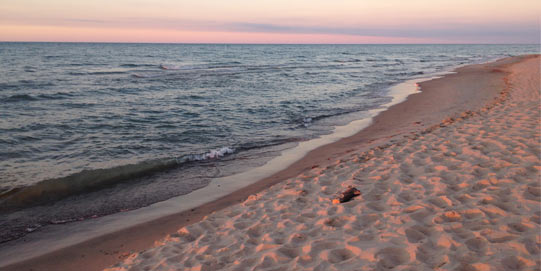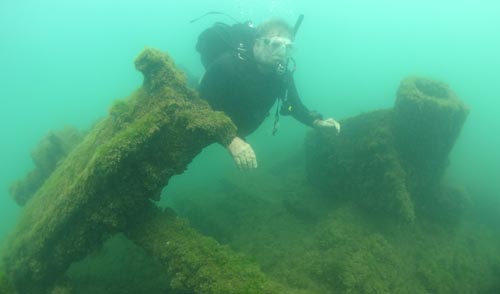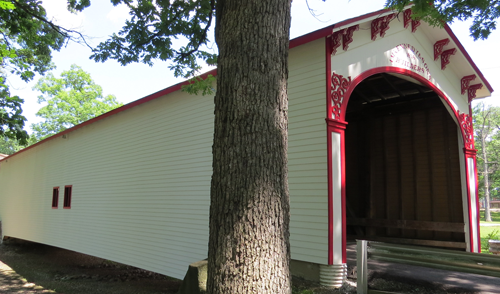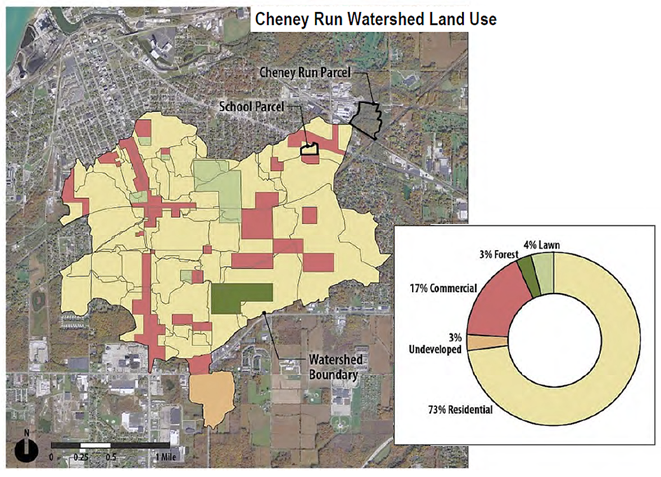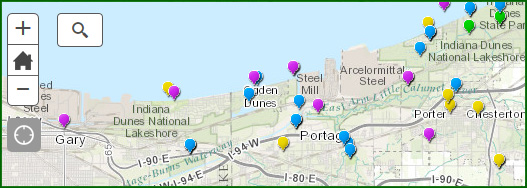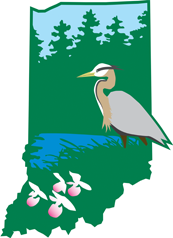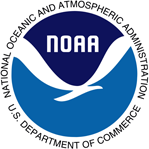Main Content
Article
Coastal Program Grants
Dates of Importance
- April 14, 2021: Q1-2021 Progress and Financial Reports Deadline
- April 21, 2021: Coastal Advisory Board Meeting
- July 14, 2021: Q2-2021 Progress and Financial Reports Deadline
- October 14, 2021: Q3-2021 Progress and Financial Reports Deadline
The Lake Michigan Coastal Program is awarded approximately $600,000 per year from the National Oceanic and Atmospheric Administration, Office for Coastal Management for the administration of our pass-through grant program. Work done in partnership with the LMCP must further the mission of the Lake Michigan Coastal Program, which is to protect and enhance natural, cultural, and historical coastal resources, and to foster coordination and partnerships among local, state, and federal agencies and local organizations. The LMCP provides guidance, advice, partnership and support, as well as financial resources to municipal, county, and state government agencies and other organizations working within the coastal region.
Lake Michigan Coastal Grant funding is available to communities and organizations seeking out social, economic, and environmental solutions that promote partnerships and balance the use and protection of the Lake Michigan coast’s valuable, yet fragile, resources. Eligible grant applicants include municipalities, county parks, educational institutions, planning and development agencies, soil and water conservation districts, transit agencies, marinas, and some non-profits. If your agency or organization is interested in applying, it is strongly advised you communicate with the LMCP Grant Specialist about your project to ensure eligibility, and that it keeps with the mission and goals of our program.
